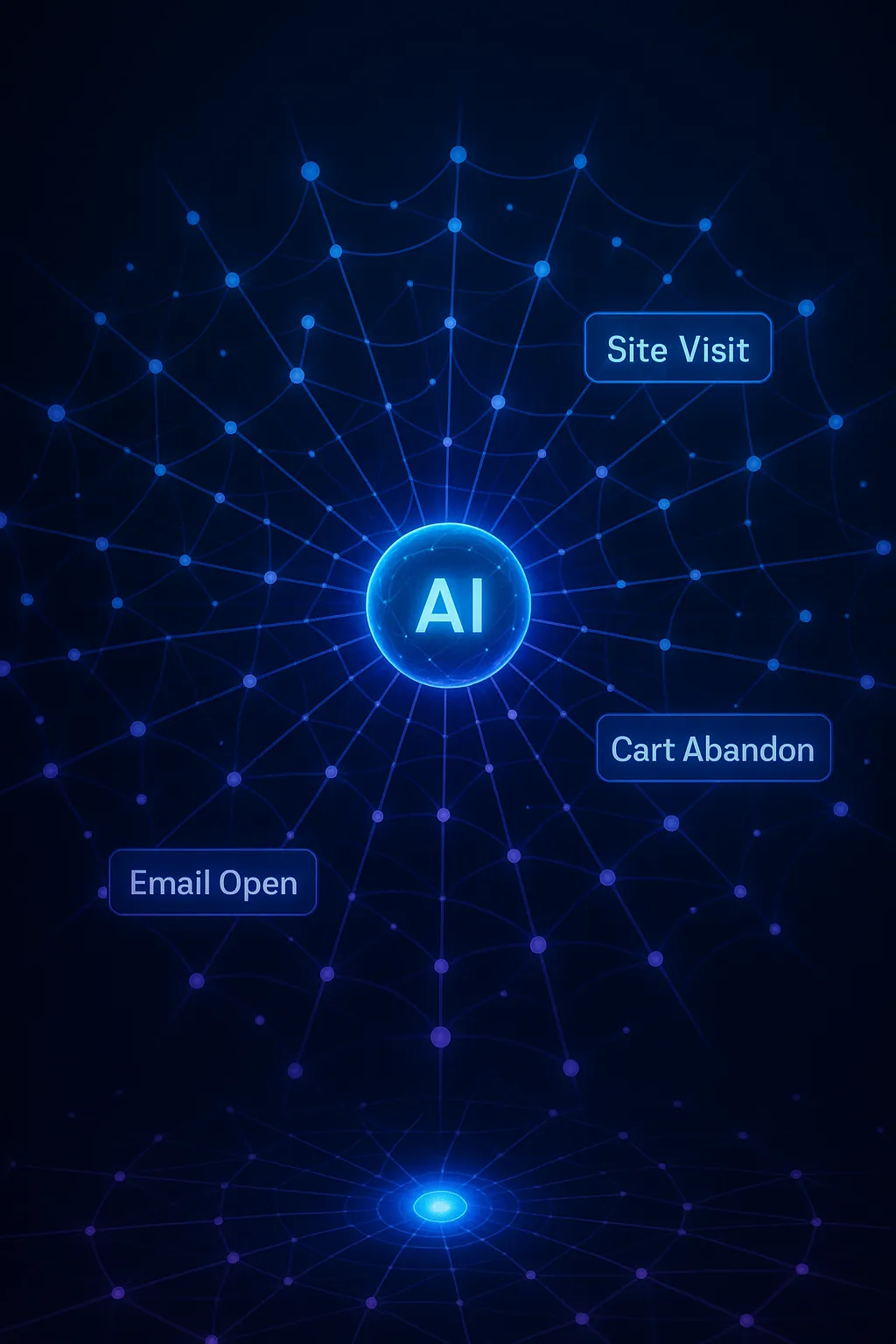How AI is Changing Customer Segmentation

Customer segmentation has always been at the heart of effective marketing. Traditionally, marketers grouped customers into static segments—age ranges, income brackets, geographies—and designed campaigns to match. But in 2025, the game has fundamentally changed.
Artificial intelligence isn’t just making segmentation faster—it’s making it smarter, more dynamic, and infinitely more personalized.
From Static to Dynamic Segments
In the old world, segmentation was like carving a stone statue: fixed once created, slow to adapt, and costly to update. AI replaces the chisel with a living, breathing organism—one that can redefine segments in real time based on new data.
Imagine launching a holiday campaign, and mid-flight, your system recognizes that an entirely new segment is emerging: customers who respond to social media flash sales but ignore email offers. In a static model, you’d catch that insight weeks later. With AI, it’s visible—and actionable—immediately.
AI’s Superpowers in Segmentation
Here are the biggest ways AI is transforming customer segmentation:
-
Behavioral Clustering at Scale
Machine learning models can detect subtle behavioral patterns humans might miss—like customers who abandon carts on mobile but convert on desktop after watching a how-to video. -
Predictive Segmentation
Instead of looking backward at past purchases, AI can project future value, identifying high-potential customers before they’ve even made a second purchase. -
Context-Aware Personalization
AI can merge CRM data with external signals (seasonality, location data, even macroeconomic trends) to ensure segments are contextually relevant in the moment. -
Continuous Optimization
Segments aren’t created once—they’re constantly tested, refined, split, or merged to maximize performance.
Real-World Example
At Beyond, Inc., our customer base spans diverse brands and shopping behaviors. Historically, we used RFM (Recency, Frequency, Monetary value) as a starting point for segmentation.
By introducing AI-driven propensity models, we’ve been able to:
- Predict which lapsed customers are most likely to respond to reactivation campaigns.
- Surface micro-segments, like “first-time buyers who purchase in bundles” or “deal-seekers who respond to SMS but not email.”
- Shift budget in real time toward high-performing segments without waiting for end-of-month reporting.
The result? More relevant messaging, higher engagement, and improved ROI—without increasing total send volume.
What This Means for Marketers
AI-driven segmentation isn’t a magic wand—it still requires:
- Clean, unified data (garbage in, garbage out).
- Clear business objectives (don’t optimize for clicks if you care about margin).
- Human oversight (AI can suggest; you still decide).
But when implemented correctly, it changes the marketer’s role. You move from guessing who to target to strategically steering real-time customer experiences.
The Next Frontier
The next evolution isn’t just better segments, it’s eliminating them entirely. In the future, AI will enable true one-to-one personalization at scale, where every customer journey is uniquely orchestrated, and “segments” become just an intermediate step.
For now, the smartest brands are blending:
- AI-powered insights
- Human creativity
- Ethical safeguards
…to ensure personalization feels relevant, respectful, and results-driven.
Bottom line:
AI is turning segmentation from a marketing chore into a competitive advantage. The question isn’t if you’ll adopt AI-driven segmentation, it’s how fast you can adapt to stay ahead.
